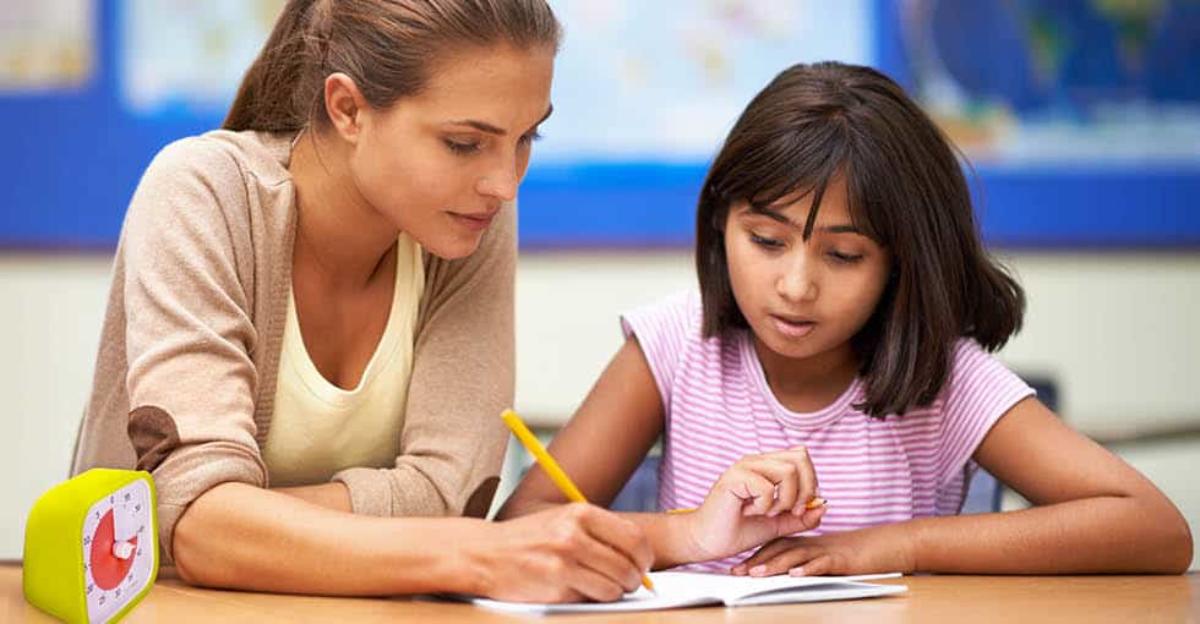The Centers for Disease Control statistics indicated in 2011 that roughly 11% of our school- aged kids today (that is 6.4 million students between the ages of 4-17) were reported to have a diagnosis of Attention Deficit Hyperactivity Disorder (ADHD). A 2011 study published in the American Journal of Psychiatry found that half of children diagnosed with ADHD have poor emotion regulation. Termed deficient emotional self-regulation (DESR), this can lead to frequent bursts of anger, frustration, excitability, or impatience. Dr. Lori Desautels blogged recently on the topic of Emotional Regulation for Kids with ADHD.
She outlines six key strategies that may have a positive impact in reducing negative behaviors and promoting success in the classroom. These ideas reinforce the concept of neurodiversity and differentiated learners. She writes: “Just as some of us need glasses to see clearly or take insulin to regulate blood glucose levels, others need an oxygenated supply of movement, brain intervals, or space and time to regulate after a 10- to 20-minute instructional lesson.”
Chunking is another strategy that involves condensing assignments and instructional time with frequent feedback. It is a great way to build on and reinforce small successes. Students diagnosed with attention issues, may require an abbreviated task list to complete within a structured, shorter time period.
Another concept, the “I Noticed” sheet from the teacher, is a spin on the Catch ‘Em Being Good philosophy as part of PBIS or Positive Behavior Intervention & Supports. At various time intervals listed on a daily schedule, the teacher will write in a note such as at 8:30am: “You came in with all your materials you needed!” or at 11:30: “You came back from lunch happy!” These small handwritten notes from a teacher can help reinforce model behavior and promote improved self- esteem.
Classroom sensory tools are a great way to help supplement students that are learning emotional self-regulation. Our Wiggle Zone solutions like the Fold N Go Trampoline or the Fun Tube Tunnel are quick options to build in a movement sensory break. Tools from our Study Zone assortment like the Weighted Turtle lap pad or the lemon flavored oral motor ChewStixx may help with focus and attention and prevent meltdowns while a Time Timer can help with the chunking time strategy described above as well as transitions in activities. Visit our website for more sensory spaces ideas.






Leave a Reply